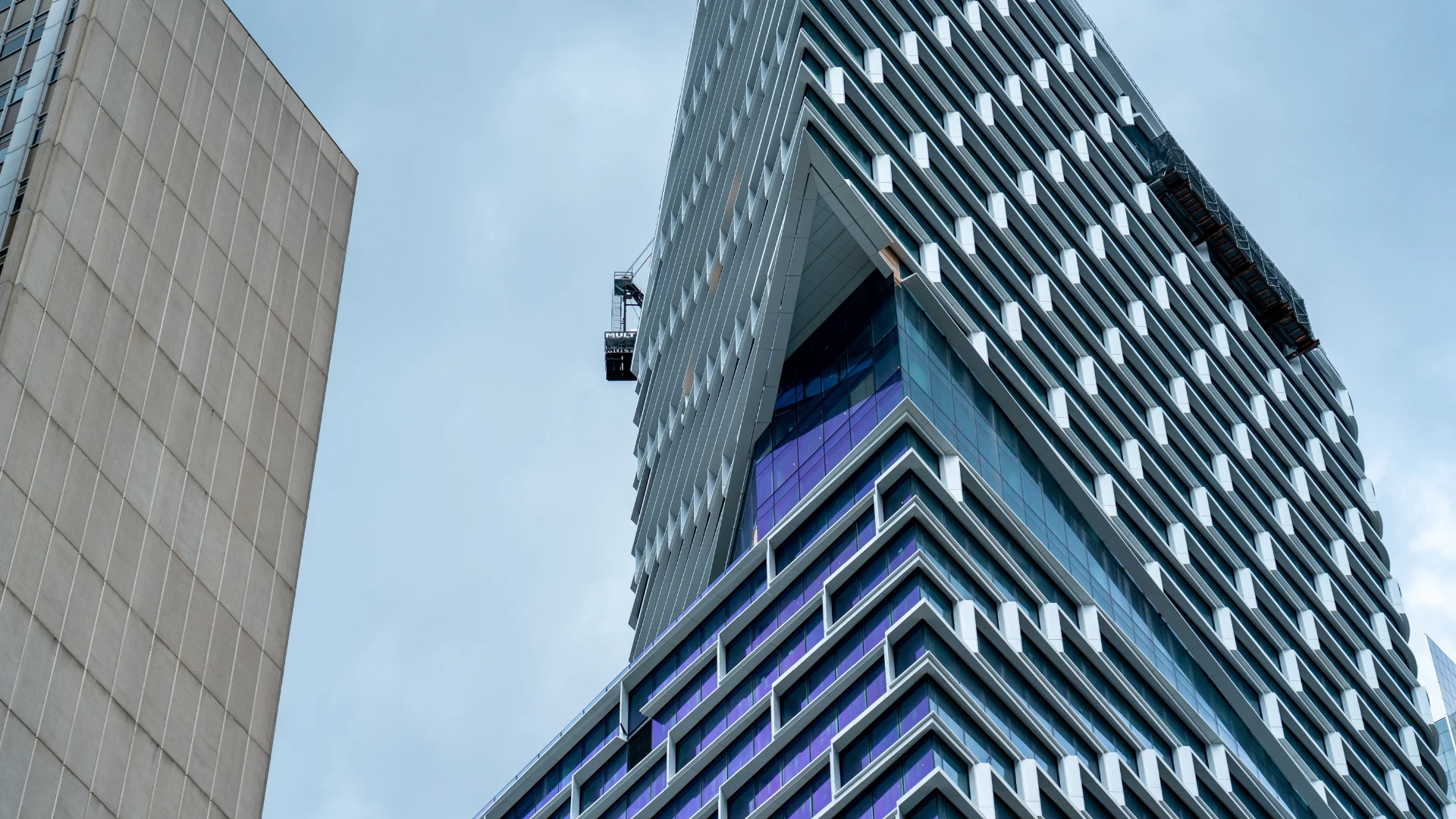
Top 10 Benefits of Implementing Smart Building Solutions
What Are Smart Building Solutions?
Let’s be blunt. A traditional building is a mostly static collection of materials. Yes, it has systems, but they don’t talk to each other. On the other hand, a smart building is entirely different. It has a central nervous system.
We’re talking about innovative building technology. A network of sensors, processors, and controllers operates the structure’s core systems. It’s a building with awareness. It is a facility that can sense its environment, occupants, and operational health. The structure becomes an active participant in its management—a big leap.
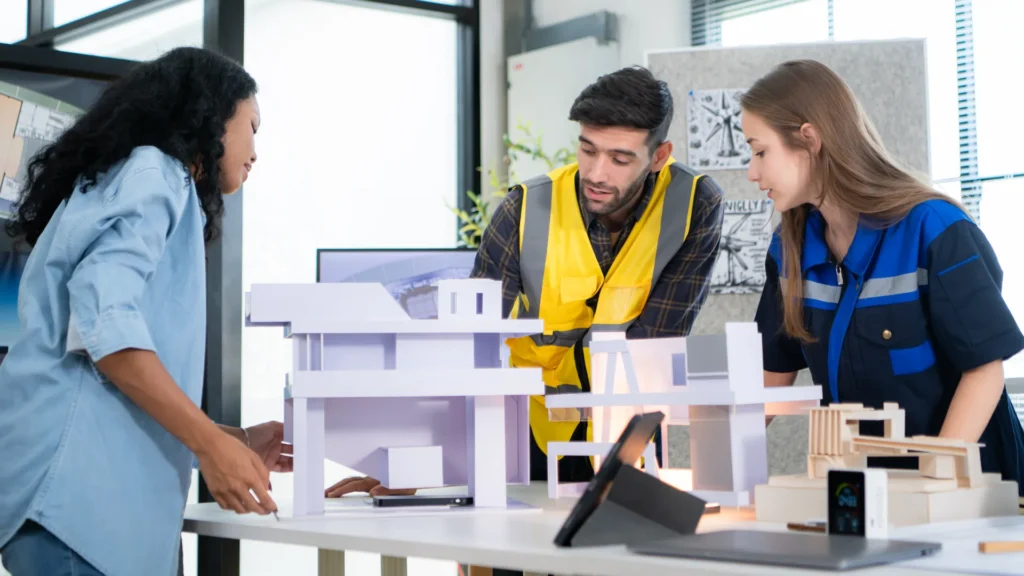
Why Businesses Are Shifting to Smart Infrastructure
So why is there a sudden interest in smart infrastructure? The reason is a mix of practicality and necessity. Old buildings are expensive to run. They waste energy. Their systems break down unexpectedly. A business that operates from a dumb structure is at a competitive disadvantage—a real one.
Companies today need efficiency. They need data. They need operational agility. Building management systems give them new control over their physical assets. It moves from reactive problem-fixing to proactive, intelligent administration—a fundamentally better way to manage a facility.
Improved Energy Efficiency and Cost Savings
This is the benefit everyone talks about first. And for good reason. Energy-efficient buildings directly and positively affect a company’s bottom line. Innovative HVAC systems adjust heating and cooling based on real-time occupancy sensors and even the day’s weather forecast.
Smart lighting systems dim or turn off when a room is empty. The building’s energy use drops. The utility bills follow. It’s a simple equation. A structure that uses less energy costs less money to operate. Period.
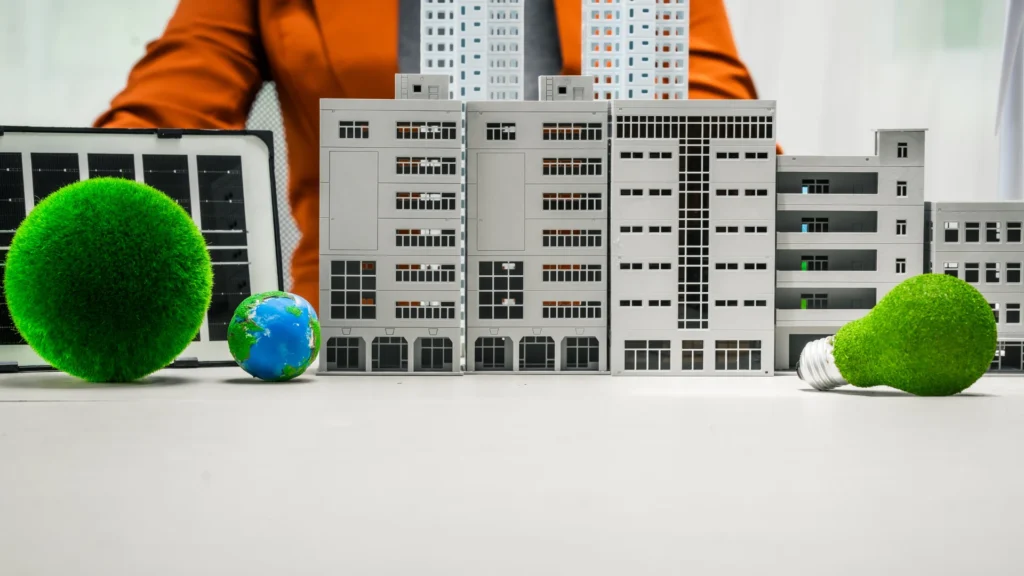
Predictive Maintenance Reduces Downtime
Equipment failure is a considerable source of disruption and expense. An HVAC unit that breaks during a Dubai summer is a significant problem. Predictive maintenance changes this entire dynamic. The building tells you when it needs attention.
Sensors on pumps, chillers, and elevators detect subtle changes in vibration or temperature that precede a failure. The building automation system then alerts facility managers to a potential issue long before it becomes a crisis. You fix the problem on your schedule. Downtime becomes a rarity.
Increased Operational Efficiency and Automation
Imagine a building that manages its routine operations. Lights that adjust automatically. Climate controls that self-regulate. Conference room schedules that integrate with the building’s systems. This is the effect of increased automation.
This frees up facility management teams from constant manual adjustments. They can concentrate on higher-value work. The building handles the small stuff. This operational efficiency means fewer staff hours spent on routine administration and a better environment for everyone inside.
Advanced Protection and Access Control Systems
A building’s defense systems get a significant upgrade with smart technology. Old key-and-lock systems are replaced with access controls that use biometrics, key cards, or mobile credentials. The system keeps a complete log of who entered which area and when.
This gives you granular control over your facility’s access points. You can grant temporary access to visitors and revoke credentials instantly. The surveillance systems can even use analytics to identify unusual activity and alert personnel. It’s a more intelligent approach to facility protection.
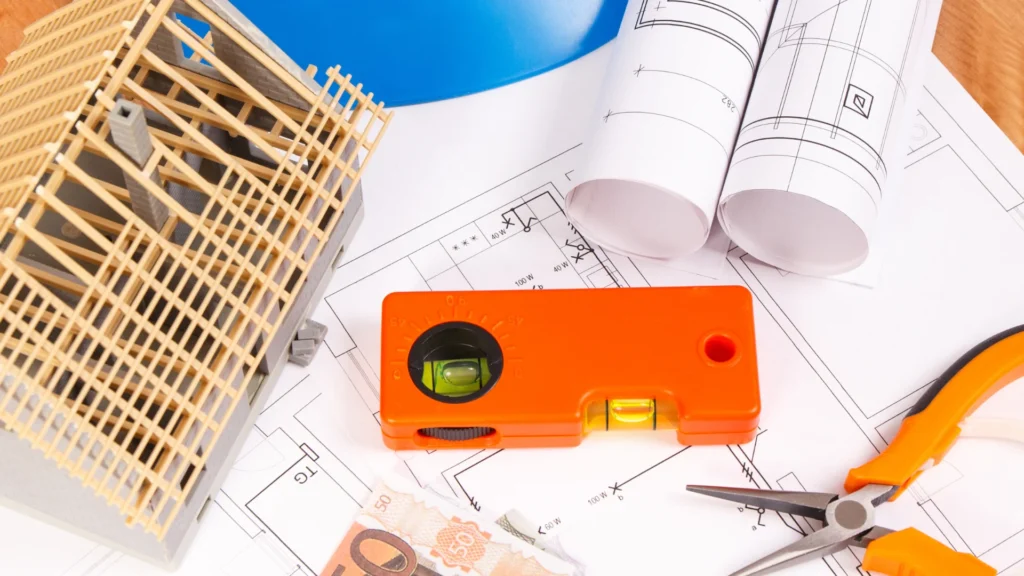
Sustainability and Reduced Environmental Impact
The push for green building solutions is a global imperative. Sustainable buildings are suitable for the planet and good for a company’s public image. Smart technology is a key enabler of these goals.
The same systems that produce cost savings also reduce a building’s carbon footprint. Lower energy consumption means lower emissions. Water management systems can detect leaks and optimize irrigation. A building that uses resources intelligently is a better corporate citizen—a simple truth.
Better Space Utilization with Occupancy Data
Do you really know how your office space is used? Most companies don’t. They have assumptions. Occupancy sensors give you complex data. Real numbers. You can see which conference rooms are always booked, which desks are empty, and which common areas see the most foot traffic.
This information is gold for space planning. You can reconfigure layouts, eliminate underused space, and design a workplace that fits your team’s needs. You stop guessing and start making data-informed decisions about your real estate portfolio.
Integration with IoT and Cloud Platforms
A smart building is a massive source of data. All that information from the IoT in buildings—the sensors, the meters, the control systems—can be sent to cloud platforms for analysis. This is where deeper insights happen.
You can compare energy use across multiple buildings in your portfolio. You can spot long-term performance trends in your equipment. You can build custom applications that use the building’s data. This connection to the cloud elevates a smart building from a self-contained system to a node in a larger information network.
Remote Control and Centralized Management
The ability to manage a building from anywhere is a huge advantage. Intelligent facility management allows you to do just that. A manager can use a laptop or tablet for remote building control. Adjust the climate in a specific zone. Check the status of the HVAC system. Review alerts from anywhere with an internet connection.
For companies with multiple facilities, this allows for centralized management. A small team can oversee a single command center’s entire portfolio of buildings. A massive gain in efficiency. And in peace of mind.
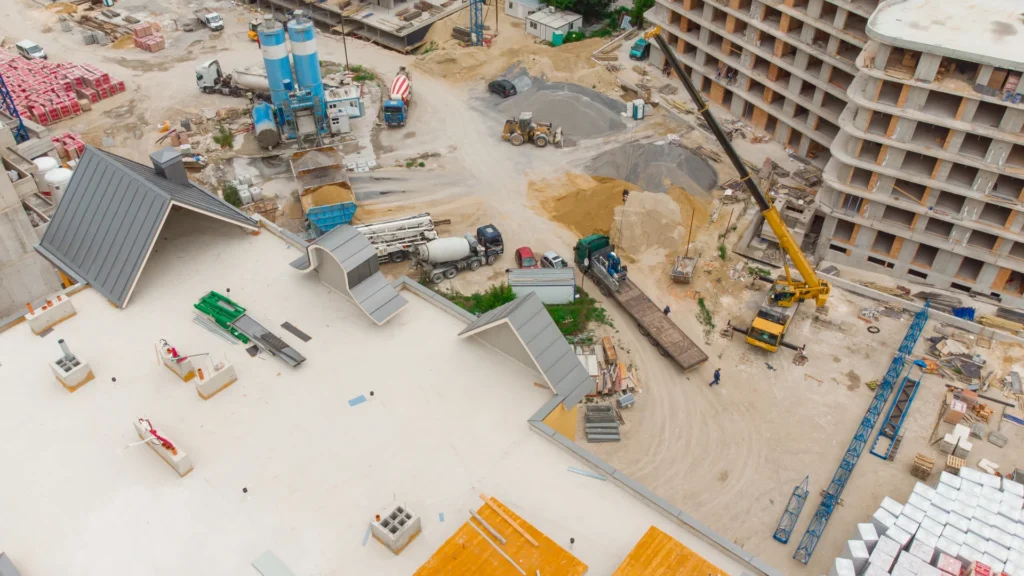
How AES Holdings Supports Smart Building Innovation
At AES Holdings, we see the future of real estate in these intelligent structures. We are active investors and partners in developing next-generation innovative building technology. Our approach is to identify the most promising innovations—from new sensor types to advanced analytics software—and provide the capital and strategic support they need to scale.
We work with our portfolio companies to implement these solutions in their facilities. This is a key path to operational excellence and long-term asset value. A smarter building is a better building—a better investment. And we are devoted to that future.


